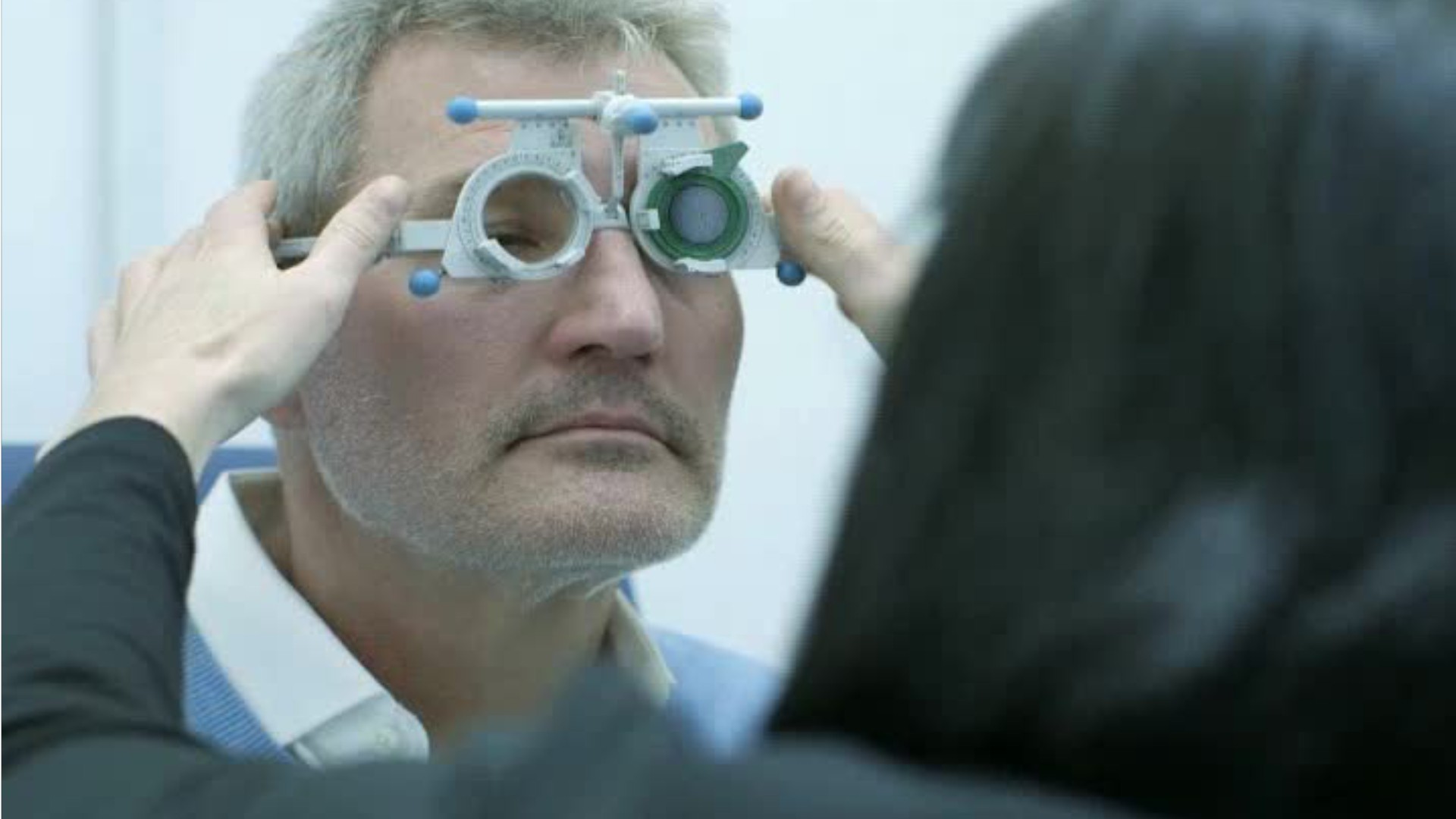Ophthalmic Medical Technologists
Certified Ophthalmic Medical Technologist (COMT), Ophthalmic Medical Technologist (Ophthalmic Medical Tech), Ophthalmic Technologist (Ophthalmic Tech), Surgical Coordinator
 Select a military branch to see samples.
Select a military branch to see samples.
Aerospace Medical Service; Aerospace Medical Service Apprentice, National Registry Paramedic; Aerospace Medical Service Craftsman, Independent Duty Medical Technician; Aerospace Medical Service Helper, Flight and Operational Medical Technician; Aerospace Medical Service Journeyman, Flight and Operational Medical Technician; Dental Assistant Apprentice; Health Services Management; Health Services Management Superintendent; Ophthalmic Helper; Optometrist
Eye Specialist; Medical Service Corps Officer; Ophthalmologist; Optometry
Health Services Technician; Medical Administration Specialty
No similar titles were found.
Hospital Corpsman; Opthalmic Surgical Technician; Optometrist
Ophthalmic; Ophthalmic Apprentice; Ophthalmic Apprentice, Ophthalmology; Ophthalmic Craftsman; Ophthalmic Craftsman, Ophthalmology; Ophthalmic Helper; Ophthalmic Helper, Ophthalmology; Ophthalmic Journeyman; Ophthalmic Journeyman, Ophthalmology; Ophthalmic Manager
What they do:
Assist ophthalmologists by performing ophthalmic clinical functions and ophthalmic photography. Provide instruction and supervision to other ophthalmic personnel. Assist with minor surgical procedures, applying aseptic techniques and preparing instruments. May perform eye exams, administer eye medications, and instruct patients in care and use of corrective lenses.
On the job, you would:
- Conduct tonometry or tonography tests to measure intraocular pressure.
- Take and document patients' medical histories.
- Take anatomical or functional ocular measurements, such as axial length measurements, of the eye or surrounding tissue.
Knowledge
Business
- customer service
- administrative services
Health
- medicine and dentistry
Arts and Humanities
- English language
Education and Training
- teaching and course design
Skills
Basic Skills
- listening to others, not interrupting, and asking good questions
- talking to others
Social
- understanding people's reactions
- looking for ways to help people
Problem Solving
- noticing a problem and figuring out the best way to solve it
Abilities
Verbal
- communicate by speaking
- listen and understand what people say
Ideas and Logic
- notice when problems happen
- make general rules or come up with answers from lots of detailed information
Personality
People interested in this work like activities that include practical, hands-on problems and solutions.
They do well at jobs that need:
- Cautiousness
- Attention to Detail
- Dependability
- Cooperation
- Social Orientation
- Empathy
Technology
You might use software like this on the job:
Electronic mail software
- Email software
- Microsoft Outlook
Medical software
- EyeMD EMR Healthcare Systems EyeMD EMR
- NaviNet Open
Computer aided design CAD software
- Autodesk AutoCAD
- Computer aided design and drafting CADD software
Education
Education: (rated 3 of 5)
high school diploma/GED or
certificate after high school
usually needed
certificate after high school
usually needed
Job Outlook
Bright
New job opportunities are very likely in the future.
Explore More
- Cardiovascular Technologists & Technicians
- Diagnostic Medical Sonographers
- Neurodiagnostic Technologists
- Ophthalmic Medical Technicians
- Radiologic Technologists & Technicians
You might like a career in one of these industries:
See more details at O*NET OnLine about Ophthalmic Medical Technologists.





